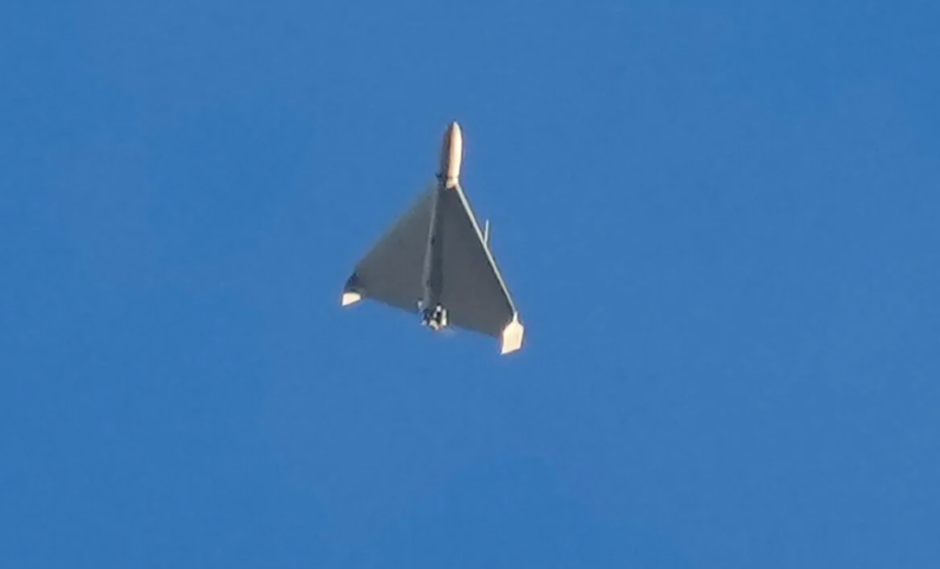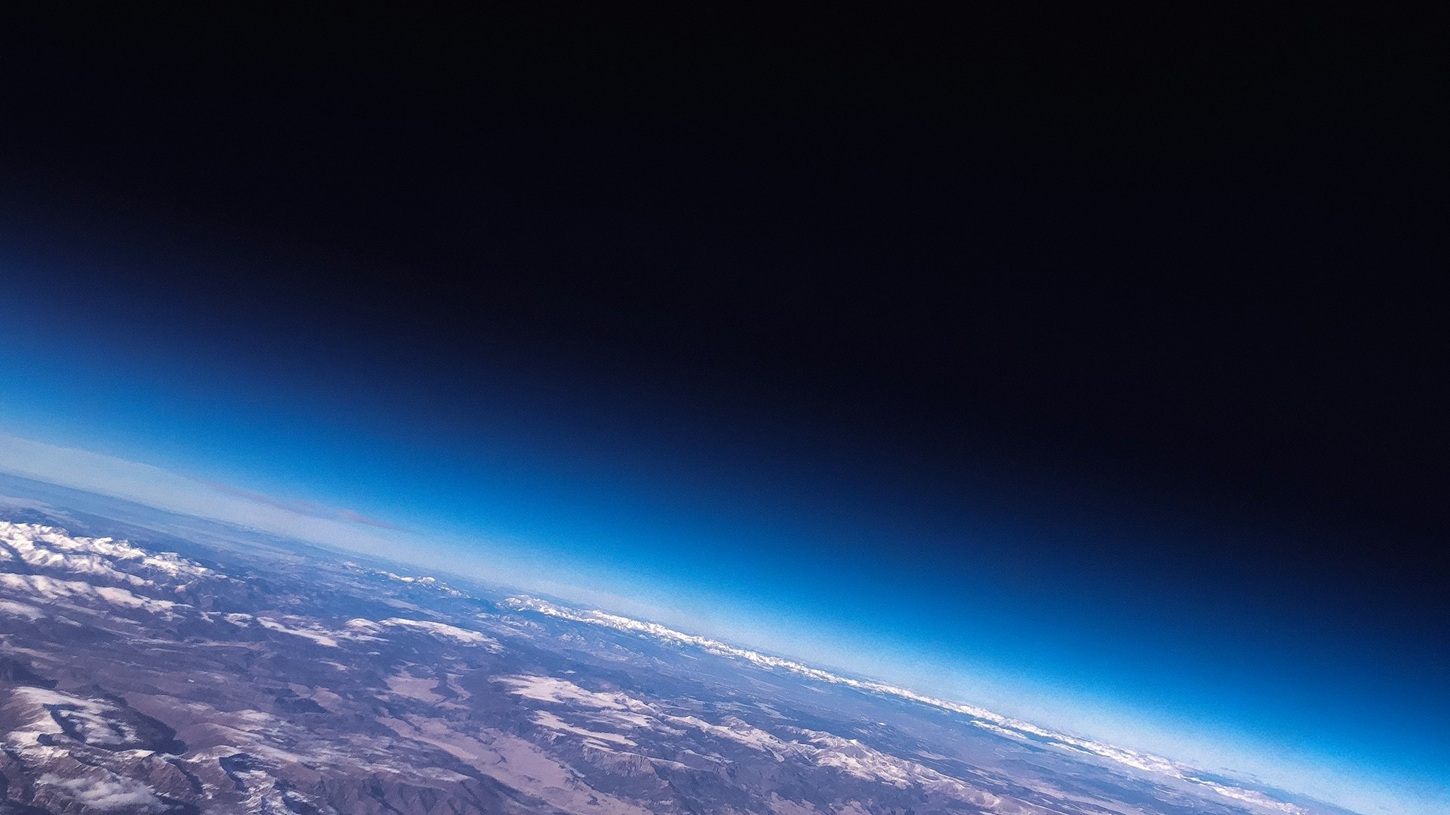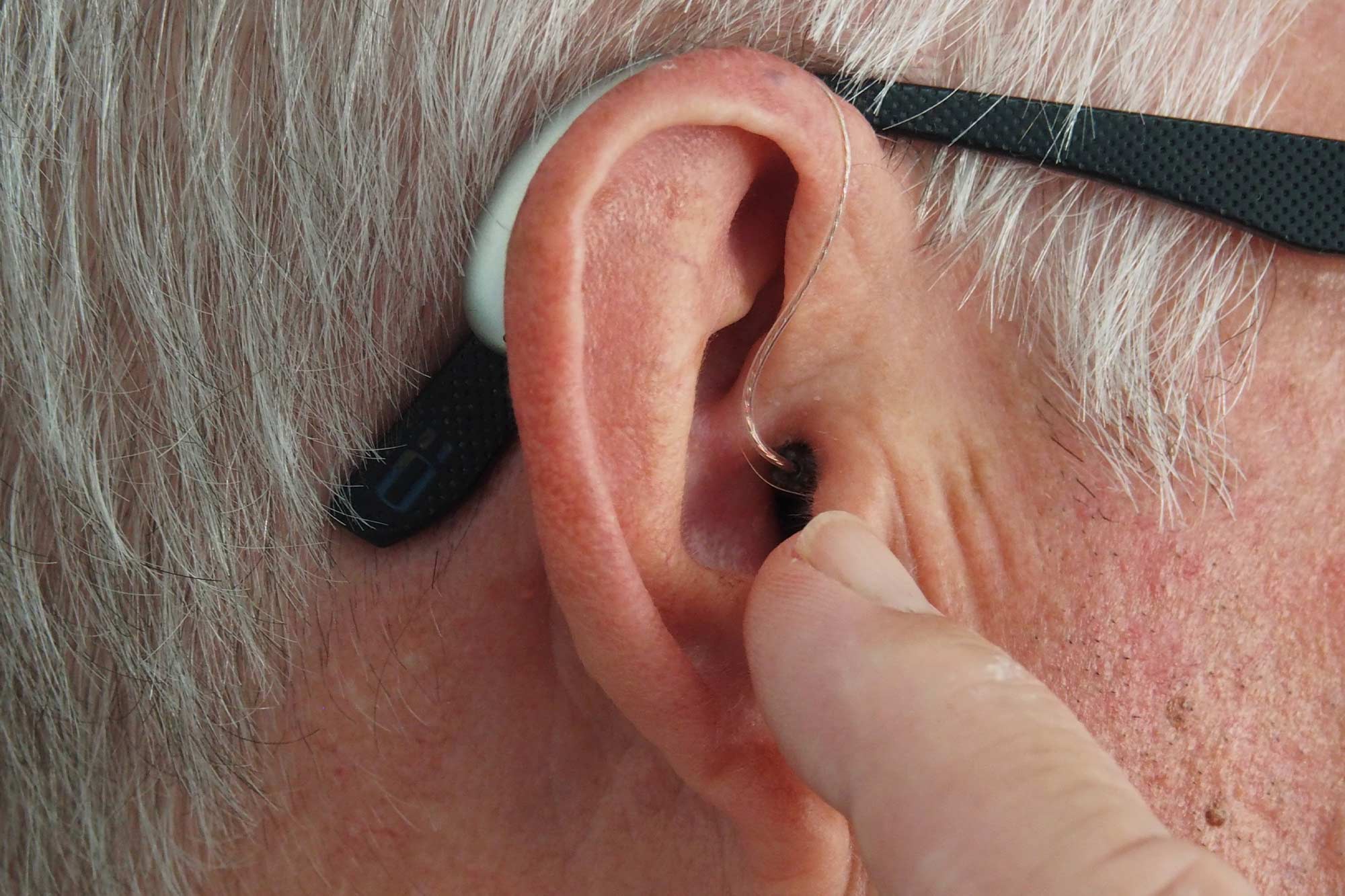Launched in 2013, the European Space Agency’s Gaia Space Laboratory has surpassed its original goal of mapping more than a billion stars in the Milky Way.
On June 13, the stellar catalog released new, more detailed data on asteroids, galaxies, and dusty interstellar media. science news.
Data from the new survey, collected between 2014 and 2017, led to surprising discoveries — such as strong star vibrations on the surface of thousands of stars. The Space Catalog will help us understand the formation and evolution of stars, planets and entire galaxies with new data from asteroids.
Using the new Gaia data, astronomers have located 156,000 asteroids on June 13, 2022.
Federica Spoto, an astrophysicist at the Harvard-Smithsonian Center for Astrophysics in Cambridge, says the massive amount of new Gaia data, such as information about the chemical composition of more than 60,000 asteroids, could be essential for tracing the origins of asteroids and the solar system.
star era
The new data could also reveal asteroids that we can’t see from Earth because they orbit close to the sun. These asteroids could come from farther afield and tell us what rocks are passing by, says Thomas Borbin, a planetary researcher at Mount Holyoke College in Massachusetts.
The age of stars is difficult to measure, so far astronomers have relied only on theories of their evolution. The new Gaia survey contains information on hundreds of millions of stars by measuring temperature, gravity and physical changes. Although this is not new data collection, it could not have been collected at this scale. This data may also reveal the evolution of stars.
LEGO Milky Way in 3D
Astrologers seek to separate the components of the Milky Way and find out the age of the elements. Gaia helps with this in two ways: by mapping the chemistry of stars and measuring their motion. Previous versions of the survey described the movements of millions of stars, but mostly in two dimensions. The new catalog will increase the number of stars with a full 3D orbit from 7 million to 33 million.
Much of the mass of the universe is made up of galaxies like the Milky Way, so knowing how our galaxy works will greatly contribute to a deeper understanding of outer space. And the more scientists understand which parts of the galaxies they see, the more they know about dark matter.
Using Gaia, astronomers will be able to discover thousands of exoplanets, make rare black hole measurements, and assess how fast the universe is expanding. This is partly because Gaia is designed to track the motion of objects in space and its data will become more accurate over time, “like fine wine, and aging well,” says Alessandro Savino, an astrophysicist at the University of California.
(Cover Image: NASA/WireImage)












































